
Emergency services in Guatemala are evacuating areas around the Fuego volcano after a new eruption sent lava spewing down its south side.
At least 72 deaths have been reported since the volcano first erupted on Sunday, with many others missing.
Authorities say more than 1.7 million people have been affected by the eruption, with more than 3,000 evacuated and many living in shelters.
Villages on the slopes of the volcano were buried in volcanic ash and mud.
Volcanologists said earlier on Tuesday that the initial eruption, which sent ash up to 10km (33,000ft) into the sky, was over for the near future.
Eddy Sanchez, the head of Guatemala's National Institute of Seismology, had said there would be "no imminent eruption over the next few days".
Emergency workers were still searching for bodies on Tuesday when the new eruption came.
Why were so many people killed in the initial eruption?
No evacuation alert was issued before the volcano erupted on Sunday, said Sergio Cabañas, the director of Guatemala's disaster prevention agency.
He said that local residents had received training in emergency procedures but were not able to implement them because the initial volcanic activity happened too fast.
 REUTERS
REUTERS
Sunday's blast generated pyroclastic flows - fast-moving mixtures of very hot gas and volcanic matter - which descended down the slopes, engulfing communities including El Rodeo and San Miguel Los Lotes.
Volcanologist Dr Janine Krippner told us at the BBC that people should not underestimate the risk from pyroclastic flows and volcanic mudflows, known as lahars.
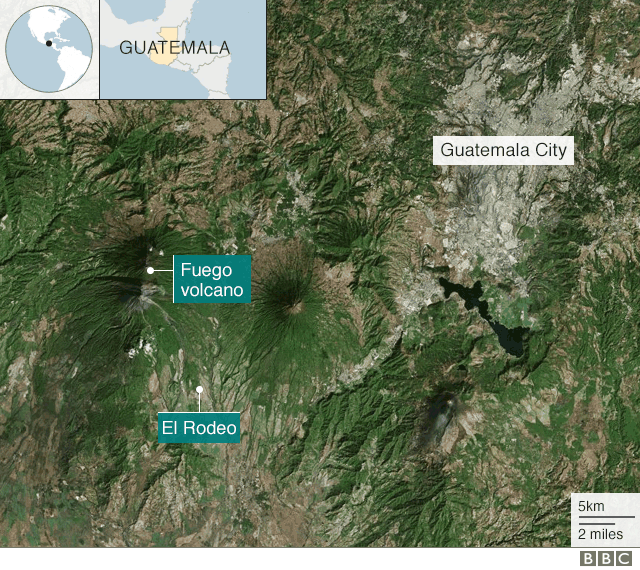
"Fuego is a very active volcano. It has deposited quite a bit of loose volcanic material and it is also in a rain-heavy area, so when heavy rains hit the volcano that is going to be washing the deposits away into these mudflows which carry a lot of debris and rock.
"They are extremely dangerous and deadly as well."

What is a pyroclastic flow?
By Paul Rincon, science editor, BBC News website
A pyroclastic flow is a fast-moving mixture of gas and volcanic material, such as pumice and ash. Such flows are a common outcome of explosive volcanic eruptions, like the Fuego event, and are extremely dangerous to populations living downrange.
Just why they are so threatening can be seen from some of the eyewitness videos on YouTube of the Guatemalan eruption. In one, people stand on a bridge filming the ominous mass of gas and volcanic debris as it expands from Fuego.
Some bystanders only realise how fast it is travelling as the flow is almost upon them.
The speed it travels depends on several factors, such as the output rate of the volcano and the gradient of its slope. But they have been known to reach speeds of up to 700km/h - close to the cruising speed of a long-distance commercial passenger aircraft.
In addition, the gas and rock within a flow are heated to extreme temperatures, ranging between 200C and 700C. If you're directly in its path, there is little chance of escape.
The eruption of Vesuvius, in Italy, in 79 AD produced a powerful pyroclastic flow, burying the Roman towns of Pompeii and Herculaneum under a thick blanket of ash.

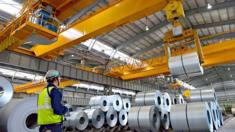
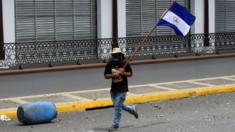
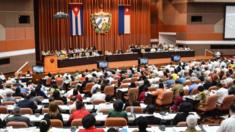


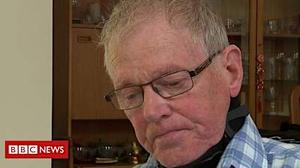



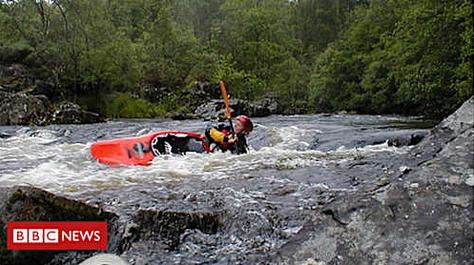


No comments:
Post a Comment